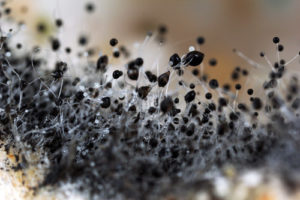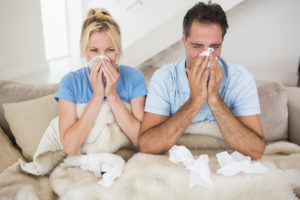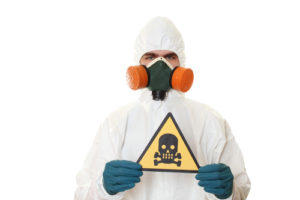Can Mold Grow on Clothes and Fabrics?

If Mold Does Grow on Clothing and Fabric, Beware of Those Old Bus Seats or Airplanes.
When was the last time you cleaned out the closet? That musty odor could be a sign of mold growing on laundry. In fact, mold can grow on fabrics of all kinds. Over the years of handling Manhattan mold removal, we have seen infestations under mattresses, on curtains, and inside of sofas.
Why Does Mold Grow on Clothes?
Life exposes us to mold indoors and out, so it’s not surprising that mold spores can end up on our clothing. Combine that with sweat or rain, and your dirty clothes begin smelling because the moisture feeds the mold.
Mold simply needs water, food, air, and a comfortable temperature to grow. Natural fibers like cotton and wool are the most likely to host mold, but it can grow on synthetics, too.
Washing and drying clothes works very well to get rid of mold on clothing. Make sure that your detergent kills mold—if not, use bleach or vinegar. Dry on high heat or line dry thoroughly before putting the items away.
If you notice any signs of mold inside of a closet or in your laundry room, contact us for Manhattan mold removal immediately.
More Places to Look for Mold: Upholstery & Linens
Mold also affects fabric items that don’t get laundered very often. This includes curtains, sofa cushions, slipcovers, box spring covers, and mattresses.
Take a close look under and around these items and notice any spots or smells. Perhaps water leaked through a window onto the curtain, or a spilled drink on the couch never really dried.
Feel Clean Again with Manhattan Mold Removal
Besides the embarrassing odor, household mold can lead to health problems ranging from difficulty breathing to severe allergic and respiratory illnesses.
Stern Mold can break the cycle with Manhattan mold removal that is guaranteed to work for years—call 888.887.8376 to arrange a free inspection.




